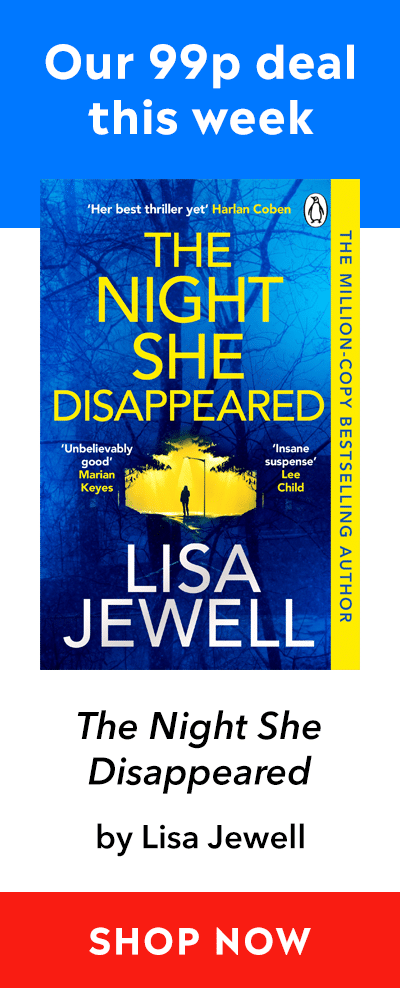Shreds: the making of a true crime podcast
True crime podcasts have us all binge-listening, but what’s it like to make one?
Podcasts are very ‘on trend’ right now, but in some ways, they’re just another version of the good old-fashioned radio documentary. But there is one crucial difference: ever since the runaway success of Making a Murderer on TV and its audio equivalent Serial, it’s been obvious that the public have a real appetite for narratives that take their time – immersive stories that delve, explore, and ask ‘what if?’
I’ve listened to a dozen or more this summer (yep, guys, I’m definitely hooked!) and it’s been fascinating to see how different podcasters approach their material. Some narrators get really involved in the story and aren’t afraid of giving their own opinions about the story – a lot of American series are at this end of the range, in my experience anyway. Others take a more conventional journalistic stance, aiming for balance, and letting us make up our own minds.
A great example of that is Shreds, made by Ceri Jackson, whose BBC training shines through in the professionalism and objectivity of her account of an infamous miscarriage of justice from her home town. Although a bloodstained white man was seen at the scene, police eventually arrested five black and mixed-race men, and three were eventually convicted, despite a complete lack of any evidence linking them to the crime. Think the Central Park Five in 1980s Cardiff. Ceri follows this compelling and appalling story from the original investigation through to the present day. It’s very impressively done, so I was really delighted when Ceri agreed to talk to me about how she went about making the series, and the particular challenges of the true crime podcast as a form. But I began by asking her the most obvious question…
How did you decide on this particular story?
The murder of Lynette White was huge news when I was growing up, and some of the five men involved were well known in Cardiff at the time – I certainly knew of them. It made what happened even more shocking. This was also just after the big Cardiff Bay development had first been announced so it was a time of real change. I left Cardiff to train in London soon after, and though I always kept in touch with the story it was only in 2017 that I really focused on it again, when I was commissioned to write an in-depth multimedia piece for the BBC website. That ran to 8 or 9,000 words, which is long for that sort of thing and it got really high engagement, but I was left with a profound sense that it was like a stone skimming the surface – there was so much more to be said. I thought about writing a book, but my boss said it would be perfect for a podcast. And the minute he said that the penny dropped!
Had you done much broadcast work before?
Yes, but nearly twenty years earlier! I certainly didn’t have any ambitions to get back in front of the mic – in fact one of the least appealing things about doing it as a podcast was having to present it myself. But I just knew I had to do it – I don’t think I’d ever really got over the fact that this had happened on my doorstep, in my home city, not somewhere in the States or far away. So I got myself a budget – not much, but enough – and got started.
And obviously you already knew a huge amount about the case.
Right – and crucially I already had relationships with the guys based on genuine trust, and that was so fundamental, because they were understandably wary of anyone in authority or the press, given what had happened to them. The docks area where the murder took place was a vulnerable community, and that was one of the main reasons the whole story unravelled like it did: when it looked like the perpetrators were from that area the outside world was only too ready to believe they were guilty. I wanted to do that community justice – and the story justice – and for me, the only way to do that was to get a bit obsessed. It was definitely seven days a week at one point.
I imagine that you ended up with so much material that it was hard to know what to keep and what to leave out. How did you go about crafting your narrative? (This is a novelist asking!)
Even though I’m a journalist and trained to present the facts, I was much more concerned with how the story would make people feel. I interviewed absolutely everyone I could find – perhaps 100 hours of footage all told – which is a time-consuming way of doing it but it worked for me. And I transcribed them all myself too, which isn’t typical for this sort of thing. It may sound a bit paradoxical but that degree of immersion helped me identify what was really important. The key points almost started to emerge of their own accord. And it became obvious that one interviewee could effectively take on the role of a ‘second narrator’ – someone who had been a witness throughout, who would help give the story a shape for the listener.
And it was a conscious choice to take the narratorial stance that you did? I was really interested in the ‘tone’ you decided to take.
Yes, it was a deliberate choice. I’m really passionate about the story and I wanted that to come over, but I definitely didn’t want that to morph into voicing an opinion on air. It was never about ‘me’. I really admire Sarah Koenig, the narrator of Serial, but I don’t think it’s ever a good idea to ape someone else’s style. I wanted to find my own voice. But I also felt strongly that as a journalist, I had to get out of the way of the story and keep my own contributions to a bare minimum, so I came in only when links needed to be made or the narrative needed to be moved on to the next stage.
What was the biggest challenge for you?
Some parts of the story, especially towards the end, were really difficult to boil down, but I was always mindful of the advice I got from well-known photographer who’s a good friend of mine. He said, ‘just keep things simple’. Which was absolutely right, but much harder to do in practice. There was one point I remember, about halfway through my script edit, when I found myself sitting back and asking myself what on earth I was doing – how did I ever think I could do this? But by then the only way was forward so I just told myself I couldn’t give up now.
Initially it was only going to be 6 to 8 episodes but I soon realised I needed more time – there was so much material that I was rushing through major cliff-hangers just to squeeze everything in. So it went to 8 to 10, then 10 to 12, and eventually to 13. And it could easily have been more, too, but I was very aware how easy it is to get a bit lazy with the podcast form: it’s very tempting to go on and on and on, just because the form allows you to do that. I was after that elusive ‘biting point’: long enough to let the story breathe but tight enough to keep the tension. Because we all know the minute you lose people’s attention you run the risk of losing them completely.
As someone who’s made a really successful true crime podcast, what do you think is the secret to their appeal? Why have they suddenly become so popular?
People have always been fascinated by crime, haven’t they? It appeals to our dark side, and allows us to get up close to danger while reminding us how safe our own lives actually are. Podcasts are just an extension of that. And the best ones I’ve heard aren’t just about crime – they’re about human nature, society, culture, the way we come to judgements about other people, and the injustices that can result. The latter, for me, is where the podcast phenomenon is a reflection of something genuinely new. More and more people are encountering injustice in their own lives, and this is leading to a much greater interest in injustices like the one I explore in Shreds.
* * *
I’ve thought about that answer a lot since I spoke to Ceri and I think it’s a really perceptive insight. So many of the most popular podcasts examine cases where the justice system has failed, or appeared to do so, either through a wrongful conviction, or by failing to get justice for a long-forgotten victim, whether that’s Serial, or West Cork, or Bear Brook. You can see many of the same themes playing out in recent blockbuster true crime TV too, like Making a Murderer or The Staircase.
Ceri continues to work on the story behind Shreds, and will be part of a group who’ll address the parliamentary Justice Committee about the case later this year. She also has a new podcast project in the works, so that’s definitely one to watch out for.


Please note: Moderation is enabled and may delay your comment being posted. There is no need to resubmit your comment. By posting a comment you are agreeing to the website Terms of Use.